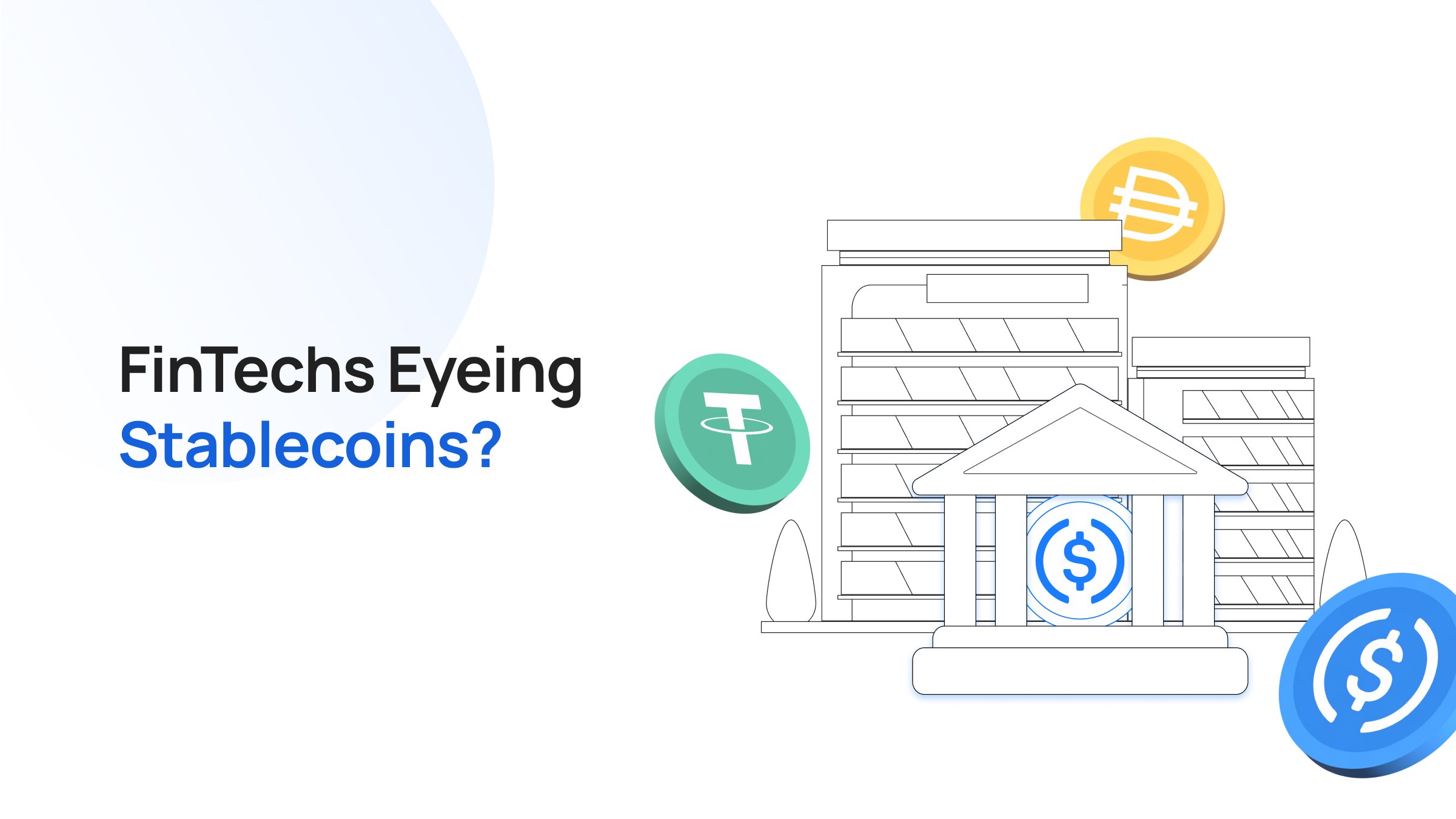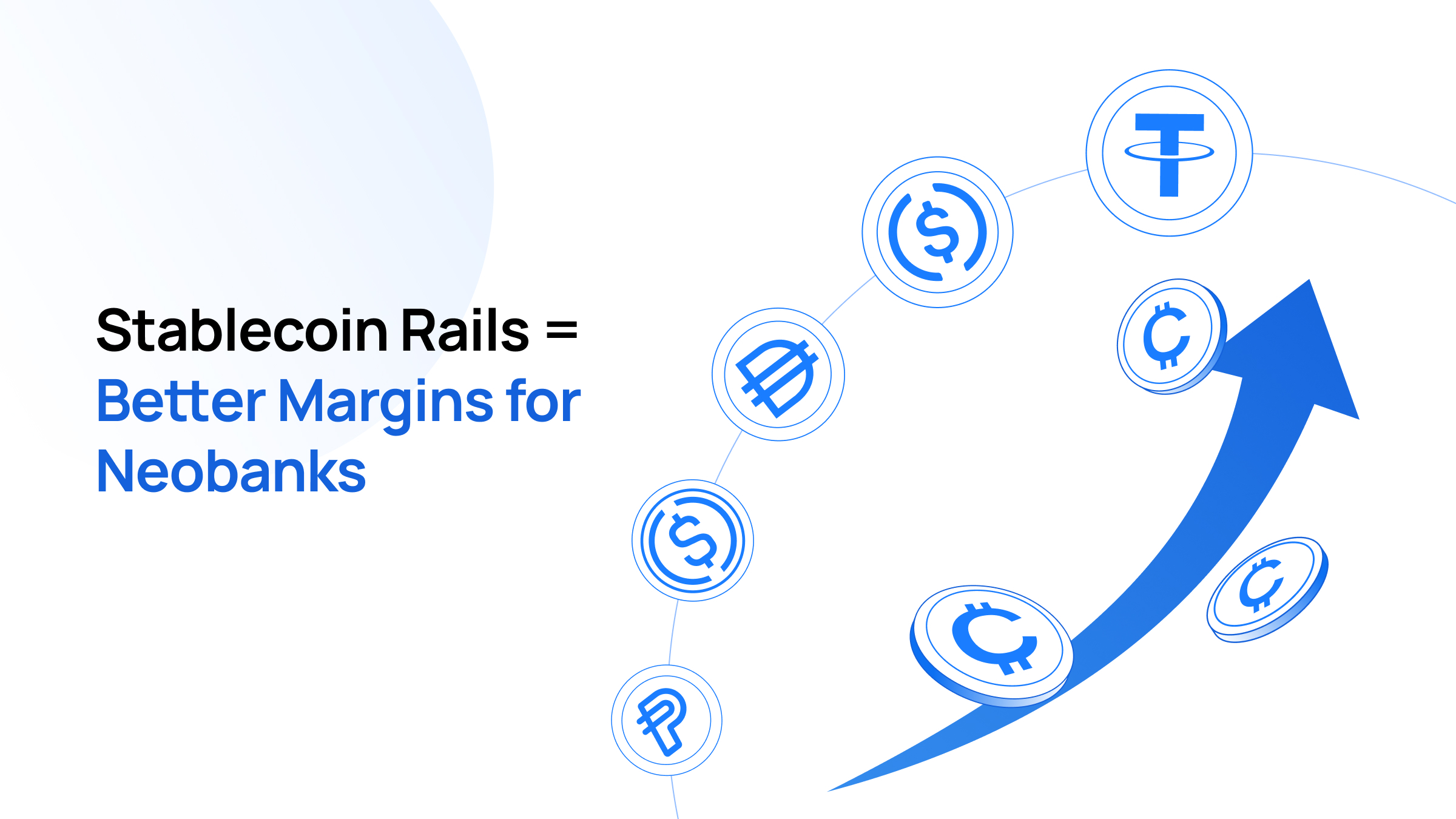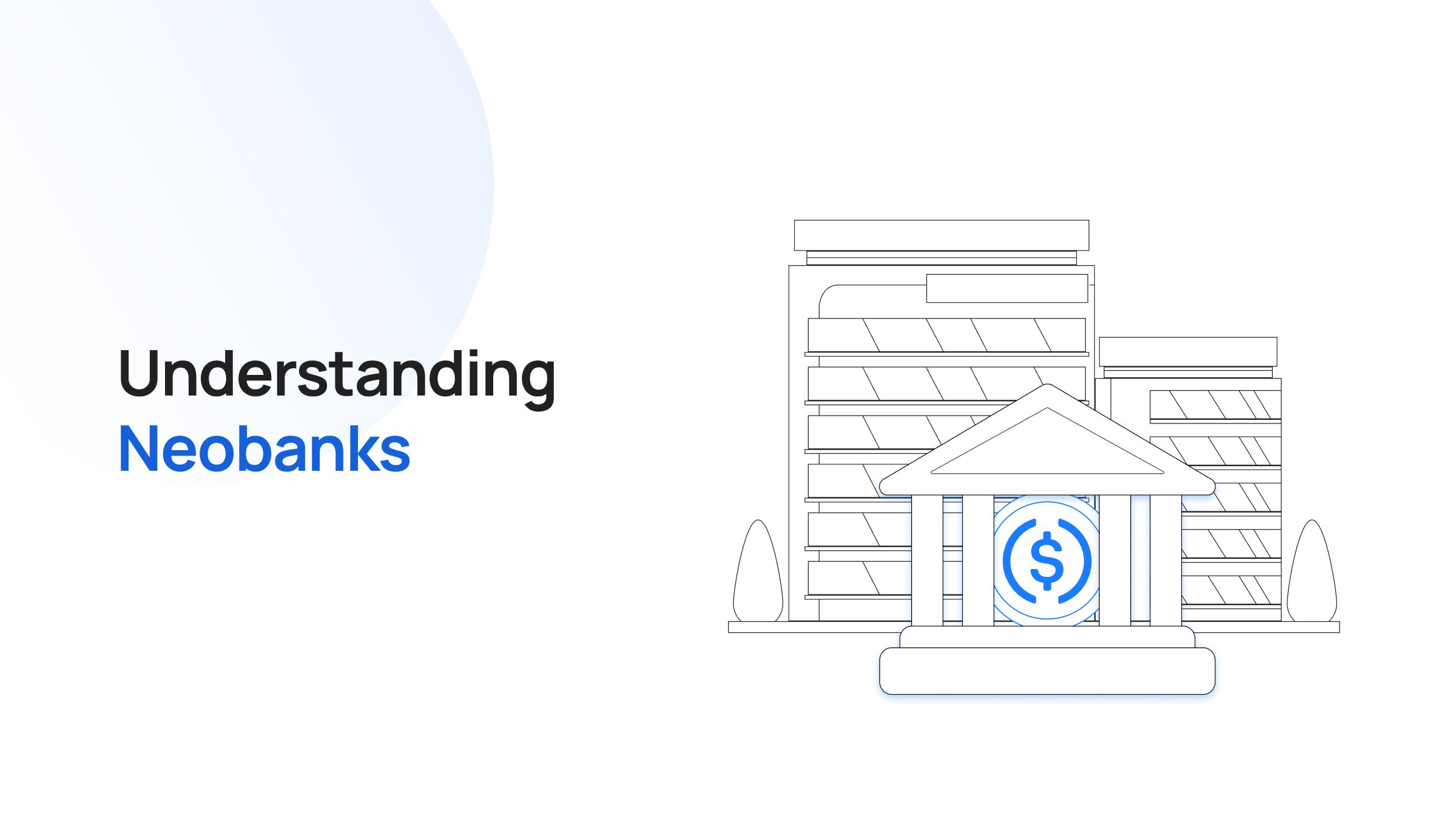Takeaways
Payment rails have shifted yards than we could’ve imagined pre-2020s.
- Margin compression in payments,
- lingering cross-border friction (expensive ~6% fees for retail flows), and
- rising treasury yield expectations
All of these factors, along with shifting consumer bases, have sharpened the search for new rails.
Stablecoins have moved from crypto sidelines into the core of institutional payments.
In 2024, stablecoins carried $27.6 trillion (more value than Visa and Mastercard combined) globally, while daily on-chain payments now top $20-$30 billion. Today, a majority of Transak’s on/off-ramp payments involve stablecoins like USDC and USDT.
Add to that a multi-billion-dollar market cap and fresh legislation, and leadership teams can no longer treat the crypto asset class as a curious experiment.
What’s Driving Executive Interest in Stablecoins?
Recent legislative breakthroughs, particularly the GENIUS Act in the U.S. and MiCA in the EU, have validated and operationalized the stablecoin model.
Stablecoins went from being an off-balance-sheet curiosity to a fully regulated financial product with defined guardrails. That makes them viable for scale deployment.
By standardizing the rules, GENIUS and MiCA have opened a floodgate for product experimentation, partnership models, and cross-border use cases. FinTechs can now issue, hold, and move stablecoins with legal clarity while tapping into on-chain liquidity, composability, and real-time settlement. Perhaps the last nail in the coffin for executive fear was the clear discouragement of asset rehypothecation by legislation.
Business Value Stack: Core Benefits
Based on a recent survey, executives cited six major benefits of stablecoins:
- Faster settlements
- Greater transparency
- Better liquidity management
- Integrated payment flows
- Enhanced security
- Lower transaction costs
1. Faster Settlements (48%)
Traditional payment rails like SWIFT or ACH can take days to finalize transfers, especially across borders. Stablecoins drastically reduce this lag with near-instant finality, enabling FinTechs to settle payments in seconds, not days.
The fast settlement speed improves cash flow, reduces counterparty risk, and enhances user satisfaction, especially in real-time use cases like remittances, gig economy payouts, and instant merchant settlements.
2. Greater Transparency (36%)
As stablecoins operate on public blockchains, every transaction can be tracked, audited, and verified in real-time. This transparency reduces fraud risk, simplifies reconciliation, and builds user trust.
For compliance teams, greater transparency also translates to a cleaner audit trail than many traditional systems, easing reporting burdens.
3. Better Liquidity Management (33%)
With traditional finance, liquidity can be locked up in multiple intermediaries or delayed due to slow settlement times.
Stablecoins provide always-on access to funds and real-time settlement, which allows FinTechs to move capital more efficiently and react faster to cash demands across different markets and time zones.
4. Integrated Payment Flows (33%)
Stablecoins are programmable, meaning payments can be embedded directly into smart contracts and automated workflows. This unlocks powerful use cases like on-chain payroll, dynamic revenue splits, and escrowless peer-to-peer transactions. For FinTechs, this means they can design smarter, more efficient financial products without being constrained by traditional APIs.
5. Enhanced Security (31%)
Blockchain-based stablecoin systems leverage cryptographic security, reducing the risk of tampering, fraud, or data manipulation.
Additionally, tokenized value can be restricted with multi-signature wallets, hardware security modules (HSMs), and other advanced controls that many legacy systems don't offer natively.
6. Lower Transaction Costs (30%)
Legacy systems often involve a chain of fees (think card networks, correspondent banks, FX spreads, and more). Stablecoins, especially when transferred over low-cost blockchains like Solana or Layer 2s, significantly cut down on these costs.
For FinTechs operating at scale, lower transaction costs translate into meaningful savings and more competitive pricing for users.
Challenges for FinTechs Integrating Stablecoins
Many of the challenges around stablecoins, like regulatory uncertainty and lack of recognition, have been largely eradicated in the past few years. However, a few bottlenecks continue to bother FinTechs from going all-in on stablecoins.
Challenge |
Description |
Solution |
|
Liquidity Fragmentation Across Chains |
Same stablecoin (e.g. USDC) exists on multiple chains, but funds are not interoperable. Users may demand support across chains. |
Use cross-chain liquidity protocols (e.g., Axelar, deBridge) or abstracted wallets that unify balances across networks. |
|
Lack of Standardized APIs |
Each chain and stablecoin requires custom integration. No plug-and-play, compliance-friendly APIs. |
Partner with infrastructure providers like Transak that offer stablecoin APIs with built-in compliance and fiat on/off ramps. |
|
Unclear Support from Banks |
Banks may quietly discourage stablecoin usage or freeze accounts for perceived “crypto risk.” |
Build relationships with crypto-forward banking partners like Cross River and even maintain dual-account setups for sandboxing stablecoin flows separately. |
Competitive Playbooks in Action: Examples of Ant, Citi, and JP Morgan
1. Ant International: Infrastructure-First
Source: Substack
At Reuters NEXT APAC 2025, Ant International confirmed it is evaluating stablecoin licenses, however, not for listing tokens on exchanges. Instead, its approach reframes stablecoins as utility infrastructure embedded into enterprise payments and treasury systems.
For FinTechs, owning the stack (or partnering) creates defensible moats once programmable money becomes a table-stakes requirement.
2. Citi vs JP Morgan: Divergent but Converging
Source: Substack
- Citi pursues a hybrid retail–corporate coin, embedding tokenised deposits in its consumer app to grow wallet share.
- JP Morgan doubles down on institutional rails, scaling JPM Coin to reinforce liquidity leadership among global corporates.
Both moves signal a race to lock in standards before frameworks finalize.
Risk & Compliance Realities
- Regulation is now an enabler: 9 in 10 firms view clearer rules as a catalyst for adoption. In the U.S., the GENIUS Act mandates 1:1 cash/T-bill reserves and first-claim redemption rights, granting stablecoin holders bankruptcy seniority.
- Operational Risk: De-pegs tied to opaque reserves remain a board-level concern; insist on real-time attestations and MPC custody.
- Yield Arbitrage: MiCA offers a parallel template in Europe, leaving just 18% of firms citing regulation as a barrier. Europe may lag North America in dollar‑stablecoin deposits—an opening for FinTechs willing to domicile issuance elsewhere.
Handling these risks wisely won't hold back adoption; instead, it helps you choose the best operating model for your needs or the infrastructure decision you make next.
A Peek At The Market: 2027-2028 Outlook
- Issued Stablecoin Supply: Market cap forecast to exceed $400 billion by 2025 and $2 trillion by 2028.
- Regional races: LATAM leads in live usage (71% of firms) while Europe advances under MiCA’s security mandate.
- CBDC growth: Bank-issued coins will proliferate, potentially tightening interoperability standards (through ISO 20022 extensions).
- Incumbent strategies: As previously noted, Citi pursues retail tokenized deposits, while JP Morgan doubles down on institutional settlement coins. Both aim to write interoperability standards before FinTechs do.
Stablecoins Are A FinTech Imperative
FinTechs are no longer asking if they should integrate stablecoins, but how fast they can do it. What began as an experiment in digital cash has evolved into a programmable money infrastructure with real-world utility (from cross-border settlements and instant payouts to embedded wallets and FX optimization).
Yet adoption isn’t plug-and-play. The FinTechs that win won’t just adopt stablecoins but will embed them deeply, abstract away complexity, and build new customer experiences on top of them. PayPal’s recent ‘Pay with Crypto’ product is an excellent example of that.
Stablecoins are no longer optional. They are the new default.
Use stablecoin rails in your app with Transak. Integrate now.






